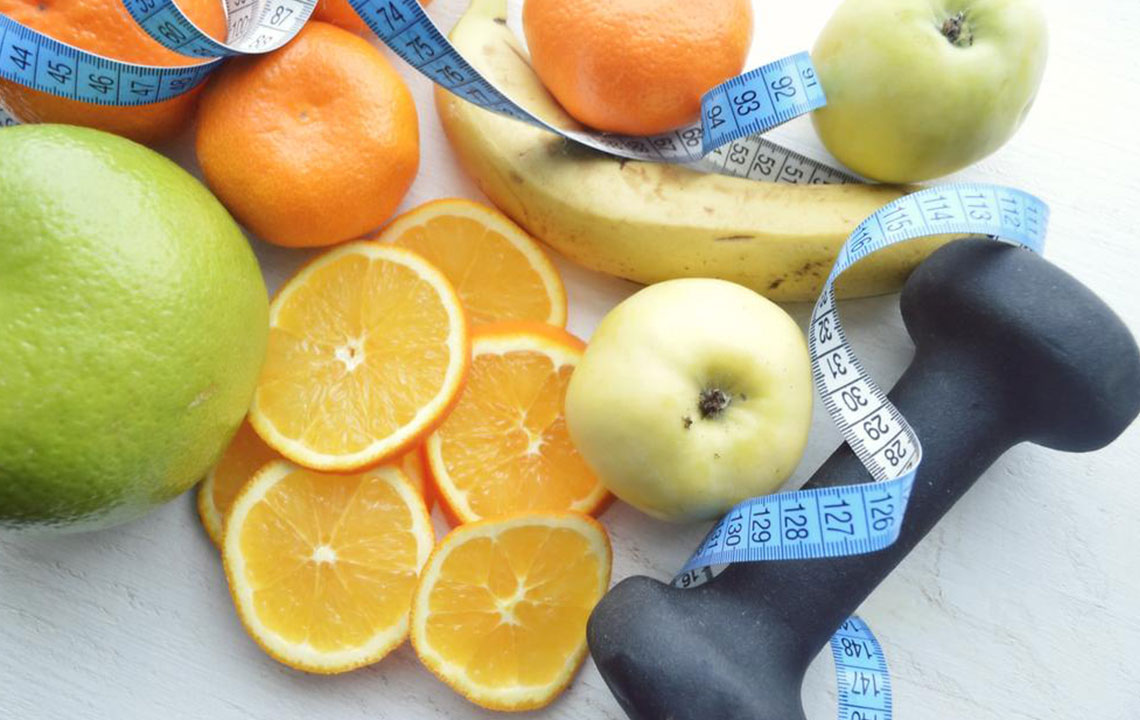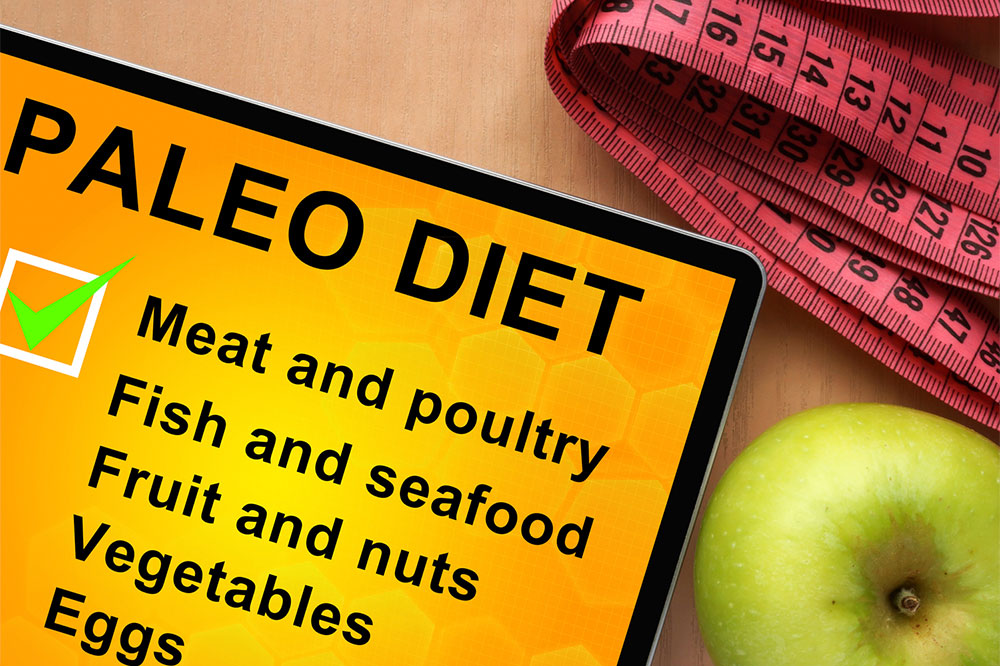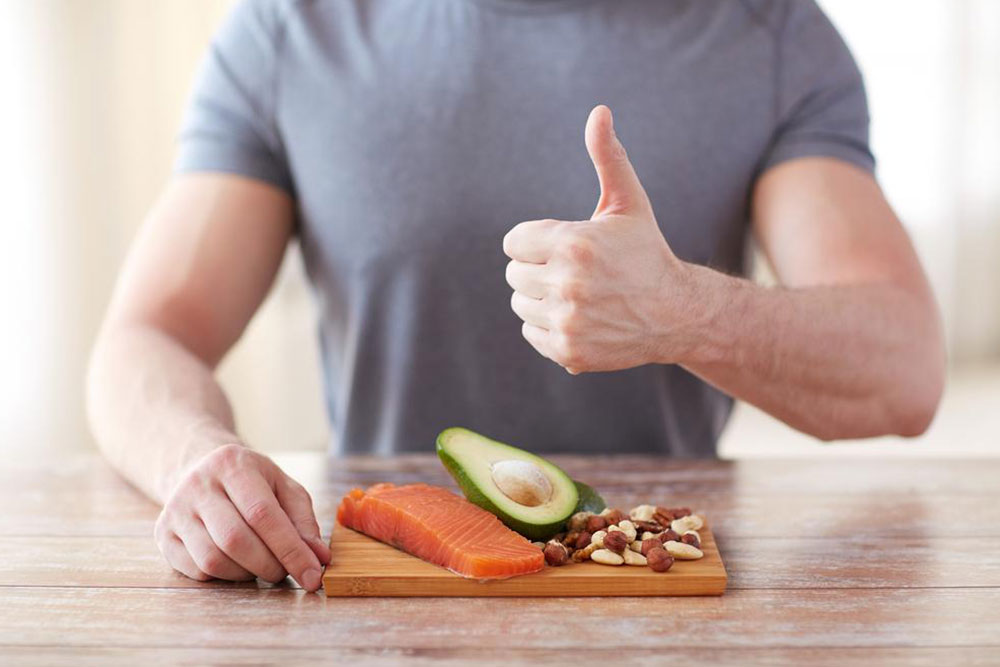Comprehensive Introduction to the Paleo Lifestyle: A Natural Approach to Health
Discover a comprehensive guide to the Paleo lifestyle, exploring its history, core principles, vegetarian options, and practical tips for adopting this natural eating approach. Learn how Paleo promotes health through unprocessed, nutrient-rich foods that mimic our ancestors' diets, with insights on customizing the plan for vegetarians and avoiding processed ingredients for optimal wellness.

Understanding the Paleo Diet
Introduction to the Paleo Diet
In recent years, there has been a growing interest in health-conscious eating habits, with many individuals turning to various diet trends to improve their overall well-being. Among these, the Paleo diet has become particularly popular due to its emphasis on eating foods in their most natural, unprocessed state. Based on the eating patterns of ancient hunter-gatherer societies, the Paleo lifestyle advocates for a return to simpler, whole foods that our ancestors relied upon for nutrition.
This article aims to provide a thorough overview of the Paleo diet, particularly focusing on how vegetarians can incorporate Paleo principles into their dietary routines. Whether you're new to Paleo or looking to understand its foundations better, this guide will explore its history, key principles, food options, and how to adapt it to vegetarian preferences.
What is the Paleo diet?
The Paleo diet, often referred to as the caveman diet, centers on consuming foods that are minimally processed and closest to their natural form. It discourages the intake of preservatives, refined sugars, artificial additives, and processed grains. Instead, it encourages eating fresh, whole foods that would have been available to our Paleolithic ancestors.
The core philosophy of Paleo revolves around avoiding processed foods prevalent in modern diets, such as refined grains and chemically laden packaged products. Instead, it emphasizes the consumption of natural ingredients like fresh vegetables, fruits, nuts, and seeds.
Proponents believe that humans have evolved to thrive on foods available before the advent of agriculture, which included game meats, fish, nuts, berries, and tubers.
Historical Background of the Paleo Diet
The concept of the Paleo diet traces back to anthropological studies of ancient diets during the Paleolithic era, roughly 2.5 million to 10,000 years ago. During this period, humans primarily subsisted on wild plants and animals, with no access to cultivated grains or processed foods.
Renewed scientific interest in ancestral eating habits has highlighted the potential health benefits of adopting a diet similar to that of early humans, including better weight management, improved metabolic health, and increased nutrient intake.
Researcher Dr. Loren Cordain is often credited with popularizing the modern Paleo movement, emphasizing that our bodies are better suited to the foods our ancestors consumed, which may help in reducing chronic diseases linked to modern diets.
How the Paleo Diet Works
The diet encourages a shift from carbohydrate reliance to fat as the primary energy source. While typical diets high in processed carbs can lead to insulin resistance and weight gain, Paleo promotes consuming healthy fats and moderate protein.
Unprocessed foods tend to be richer in nutrients and take longer to digest, which helps prolong satiety, reduce overeating, and boost metabolic rate. This approach can improve overall energy levels and support weight loss goals.
Adopting Paleo can also enhance digestion and nutrient absorption, as many processed foods contain chemical additives or preservatives that may hinder gut health.
Vegetarian Paleo Food Options
For vegetarians interested in following Paleo principles, traditional animal protein sources are limited, but there are still plenty of plant-based options to consider. These foods are rich in essential nutrients and can help maintain variety in a plant-based Paleo diet:
Leafy greens like spinach and kale
Cruciferous vegetables such as broccoli and Brussels sprouts
Nuts and seeds including walnuts, cashews, pumpkin seeds, chia seeds, and pistachios
Root vegetables like sweet potatoes and carrots
Fruit such as berries, apples, and bananas
While plant-based, vegetarian Paleo is somewhat restrictive, careful planning ensures adequate intake of protein, healthy fats, and micronutrients.
Celebrity Endorsers of the Paleo Lifestyle
Many celebrities endorse Paleo eating as part of their fitness and health routines. Notable advocates include Jessica Biel, Megan Fox, Jack Osbourne, Tim McGraw, Matthew McConaughey, and Kobe Bryant. These stars credit the diet for helping them maintain their physiques and high energy levels.
Are Dairy and Grains Allowed?
Traditionally, the Paleo diet excludes grains because they were not part of the diet before farming began about 10,000 years ago. This means wheat, oats, rice, and corn are generally avoided.
However, some modern interpretations of Paleo allow for limited dairy consumption, especially fermented probiotic-rich dairy like yogurt or certain cheeses, but the majority still restrict dairy to align with ancestral eating patterns.
Distinguishing Paleo-Friendly Foods
The fundamental rule of Paleo eating is to choose foods in their most natural, unprocessed form. This includes fresh vegetables, fruits, nuts, seeds, and unprocessed meats.
There is some debate about certain food groups—such as beans, lentils, soy, corn, and potatoes—as they are more recent agricultural products and some Paleo followers choose to exclude them.
To personalize and optimize your Paleo diet, consulting with a nutritionist or dietitian is recommended, especially if you have specific health concerns or dietary restrictions.
Embracing the Paleo lifestyle involves understanding its principles, making thoughtful food choices, and tailoring the diet to your individual health needs. Whether you're a vegetarian or an omnivore, adapting Paleo can support your journey toward better health by emphasizing natural, whole foods that align with our evolutionary heritage.





